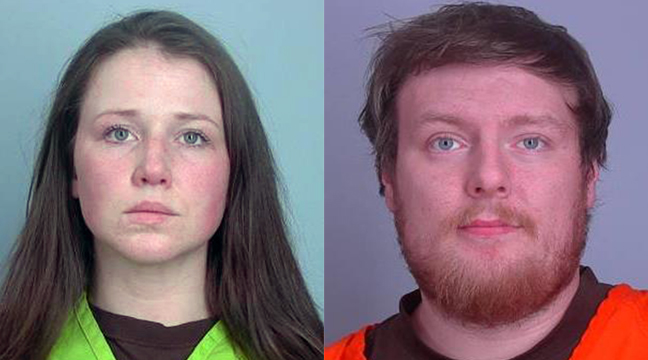The shooting death of a woman by cops in Minneapolis in July sparked discussion in police departments all across the country on whether officers should be required to wear and operate body cams. The two officers involved in the death of Justine Damond were equipped with body cams, buy failed to activate them when they arrived at the distress call.
It is debateable whether any video would have answered questions or added to them, but the use of body cams on officers is suddenly a very hot topic.
Becker Police Chief Brent Baloun had the foresight several years ago to begin the process of equipping his officers with the latest technology in body cams. Baloun has been testing and analyzing of the use of body cameras in police work and concluded they are a necessary tool for his evolving department.
Baloun budgeted for six cameras for this year, but has decided to upgrade that request to 10 cameras so all his officers are equipped with the cameras that attach to their uniforms with high-powered magnets.
Big Lake’s PD passed policy for their officers to wear the body cameras at all times and thus far, Chief Joel Scharf told Baloun he has seen and received nothing but positive input and praise by the public and his group of officers.
Baloun hopes to pattern the process Big Lake used to furnish his officers.
Sherburne County is currently in the process of equipping their large sheriff’s department with body cams and Baloun says many small departments outside the big cities are making the move.
“Body cameras are an excellent tool for law enforcement, however, the body camera has limitations and is not a one-stop, solve-all remedy for creating public trust,” said Baloun.
“Public trust can only be achieved through building relationships. Human or technology error are possible — a camera pointed in the opposite direction of an important interaction can happen. And, occasionally, we will see an officer under duress forget to turn on a camera.”
Baloun said that after a great deal of training with the cameras, officers will eventually instinctively turn off-and-on the cameras in proper situations.
The cameras are wireless, box-shaped devices attached through the officers clothing via high-powered magnets. A massive button on the front of the device is used to turn it on and off. Officers will be taught to turn on the camera just as they arrive at a scene.
As the officers return to the station, they will be required to remove the camera and place it in its cradle, which will automatically upload the footage to a “cloud” where the information is stored.
Recently, the Becker City Council approved the police department to move forward with the process to acquire and implement the use of body cameras. State legislature approved the use of body cameras with specific legislation in May 2016. Part of this law was to address the following questions with the use of body cameras: Data retention and personal privacy issues, opportunity for public comment prior to implementation which includes publishing of the police policy related to the use of body cameras, and a biennial audit of the body camera program.
For weeks, Baloun has been looking for public comment (positive or otherwise) on the BPD website in preparations for a public hearing at the regularly-scheduled council meeting Sept. 19 at 6 p.m. If council approves the chief’s request for body cameras, he will place the order for the 10 cameras and the system.
The 10-camera system will cost $55,000 and after 30 months and 60 months, the department will receive upgraded cameras. The system features unlimited HD video and industry-leading security enhancements. Since Baloun originally budgeted for six of the 10 cameras, he is working on funding options to pay for the other four.
Axon is the brand Big Lake uses and would be the same brand Baloun seeks. Axon currently equips the BPD with tasers. The cameras record in HD and have extensive low-light capability.
The batteries last 12+ hours and the cameras can eventually be activated wirelessly and work simultaneously with the extraction of a gun or taser, the opening of the squad car or the roof-top lights being turned on.
Baloun says the camera system also boasts great audio that is essential in a lot of cases. The field of view for the cameras is 143º.
Baloun welcomes public input prior to the public hearing and can be reached via email at: chief@ci.becker.mn.us. Or, the chief and city officials invite anyone who’d like to comment to attend the Sept. 19 council meeting.








